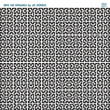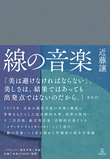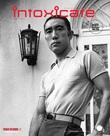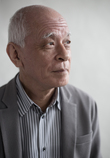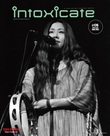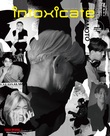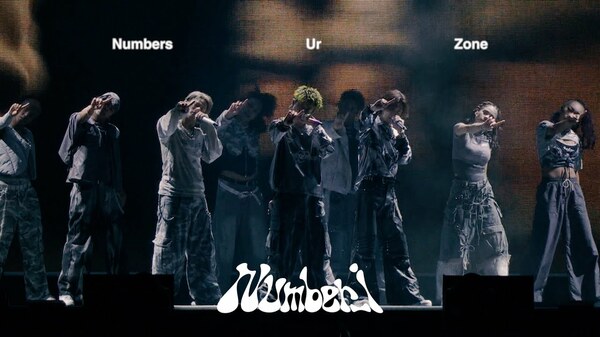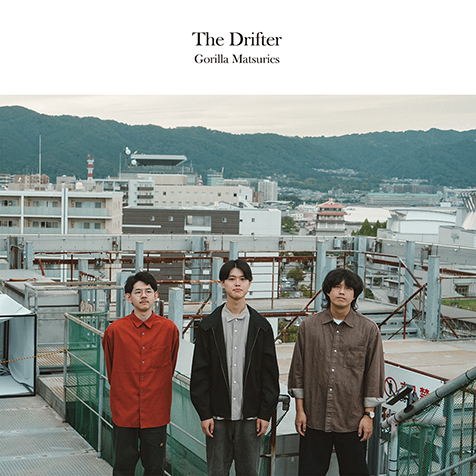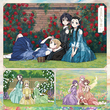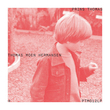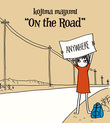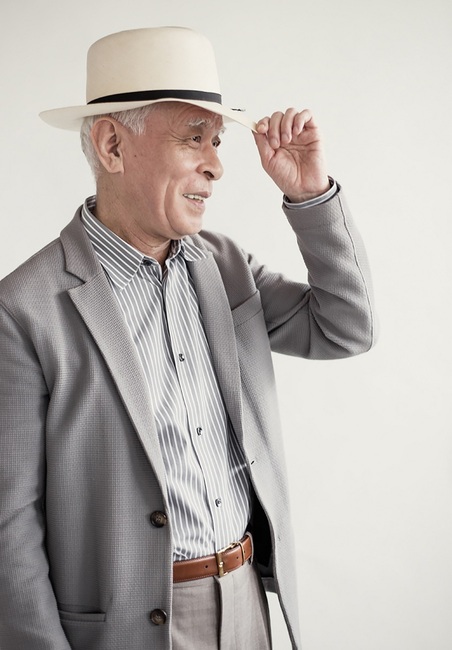
Below is the introduction to The Narrative of History of Western Music written by Jo Kondo.
The term “History” encompasses more than a mere log of past events or objects. It encompasses a narrative that interweaves various facts and what appeared to be facts. How to sort out numerous facts in the past, which to be picked up among those, or how to interpret even the set of the same facts and then in what angle they are interweaved make this “history as narrative” different.
Since this book belongs to the series intended for the younger generation, written with a “desu-masu” speaking tone, his remarks here have appeared as a deja vu or deja lu to me. Or all this was an illusion? I had already read his statement elsewhere that this composer-musicologist once writes about his process of compositional approach by listening carefully to one note, and then another.
I came across the following on the flyer for “Composium 2023 – With Jo Kondo” this time.
I start by selecting a note I feel good about and then consider which note should be the second while repeatedly listening to the one. After I’ve decided on a suitable second note, I move on to the third, then the fourth and fifth, which are strung together like one straight line...
Let’s compare the above remarks with previous ”history,” events, and objects. The music, Jo Kondo’s music=works, is, of course, distinguished from ”history.” Even so, there appears to be a similarity between Jo Kondo’s ideas in which points are not isolated but connected to form a line, and the concept of ”history,” at least to me.
When events and objects are said and written, they are language and abstraction. Even an inclusive expression of one word has many layers of reality constituted of human beings and things. So is the sound. Everybody simply refers to a sound. But what is a sound, or how does it appear? There is no pure sound in the natural environment. The tone from instruments has various overtones. Although a note “repeatedly heard” is connected with the “next” note in the flow of time, originally “one note” is not generated by not only one instrument. The audible, recognizable tone could be the only one but we might listen to “the single tone” by multiple instruments. While listening to it, the tone of even one note may vary. A “repeatedly heard” tone constitutes duration in its repetition, no matter how long or short it is.
The text quoted from the flyer is not the original version by Jo Kondo. It is a compactly edited version of what he has written or said, which is difficult to identify their sources. Even so, I recollect that I have come across similar content somewhere else, and because of the composer’s permission, it has become available to read on the flyer. And once again, I think this brief text simplifying Jo Kondo’s method of his own compositions manifests his basis, and these words also recommend that if the composition takes this procedure, listeners should take the same procedure when he listens to it.
There appears a note and then comes next, the second note. And another, the third one appears. The second note is led by the first, and then decided as “good,” and so does the third. It’s obvious. Naturally, ears hear sounding notes from one to another. However, unintentionally, ears fail to listen to the connections between each note. They fail to listen. We do not hear as the composer hears, or can not. (Neither the composer himself.) Furthermore, each note that has been “repeatedly listened to” by the composer when he composed, is embodied as a composition, disappears momentarily, is instantly replaced by another note, and again becomes another and then the next other note.
This is different from melodies given by revelation, harmonies inspired out of the blue, and suddenly having the whole perspective of the composition. Just remind my earlier quotes about the state of “history” and “narrative”. A narrator of “history-narrative” knows “events-matters” in advance, gives deep thought to how to connect, and manipulates them. The narrator would alter nuance, pace, and vocal intonation, or even stage the climax. The events-matters often serve the flow of the history-narrative and the effect on the audience or also disdain each eventness and matterness. Plainly speaking, the music=narrative recited (performed) in a certain duration has its gravity to physical perception. But the music of Jo Kondo is not composed in this way. In a sense, in a cool way or a primitive way, by laying a distance on the intention of the narrator, his music suggests “to listen to” or the work of music as an object to listen to. His music may betray this expression, “the pleasure of the sound,” and the nuance of it, which puts the priority on entertainment and is embraced in this archipelago since the modern era. (It is, however, nothing but pleasure in its alternative meaning.)


